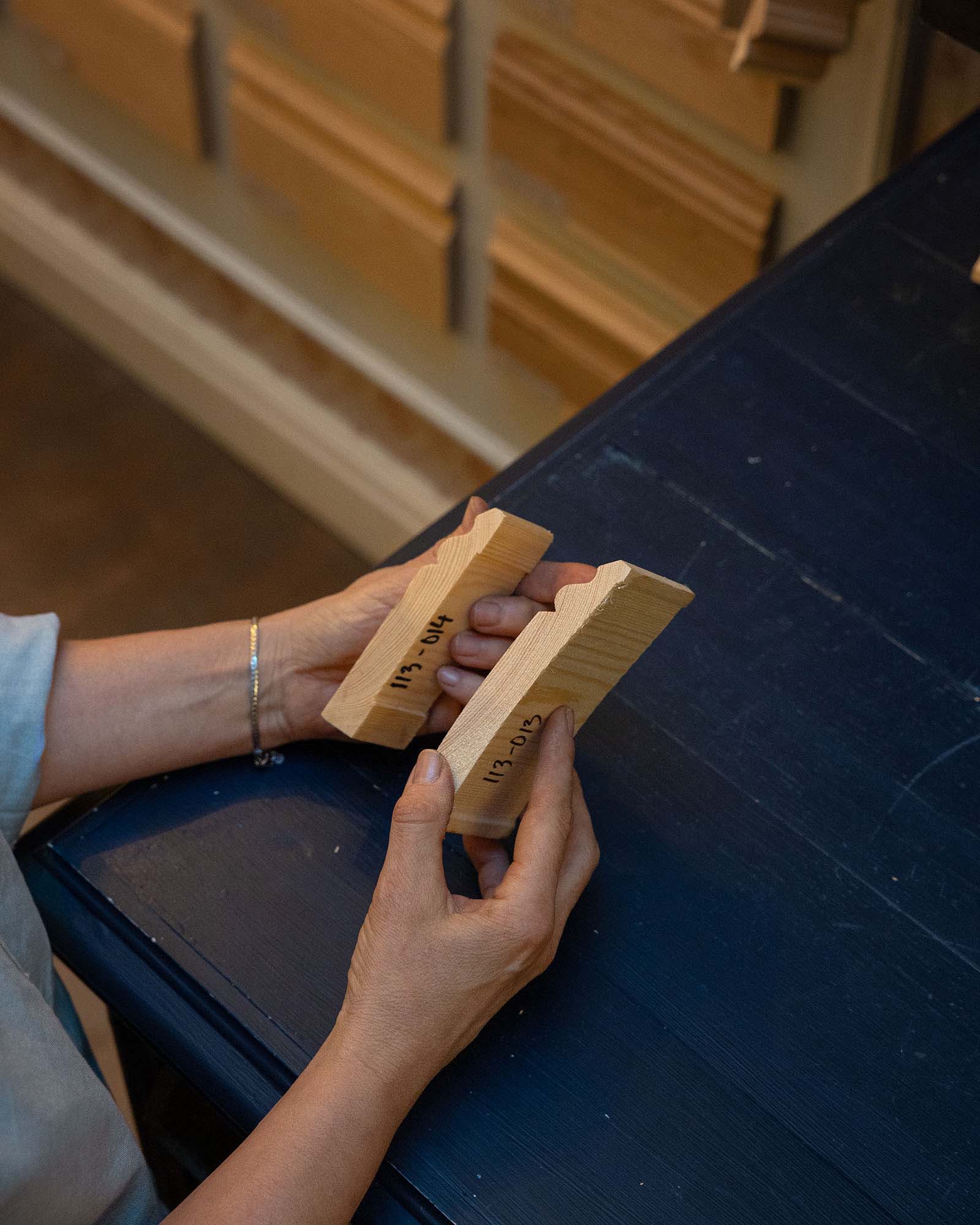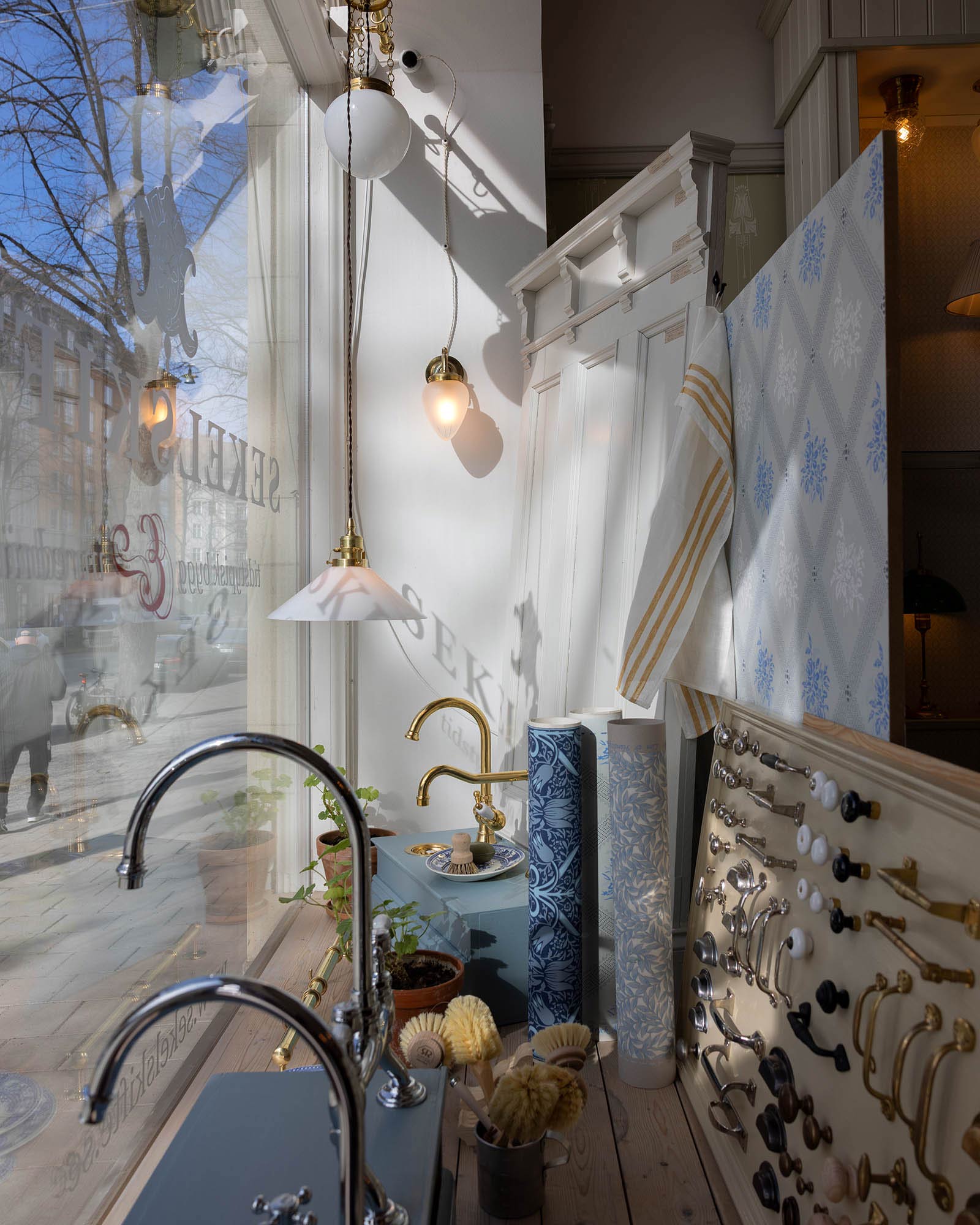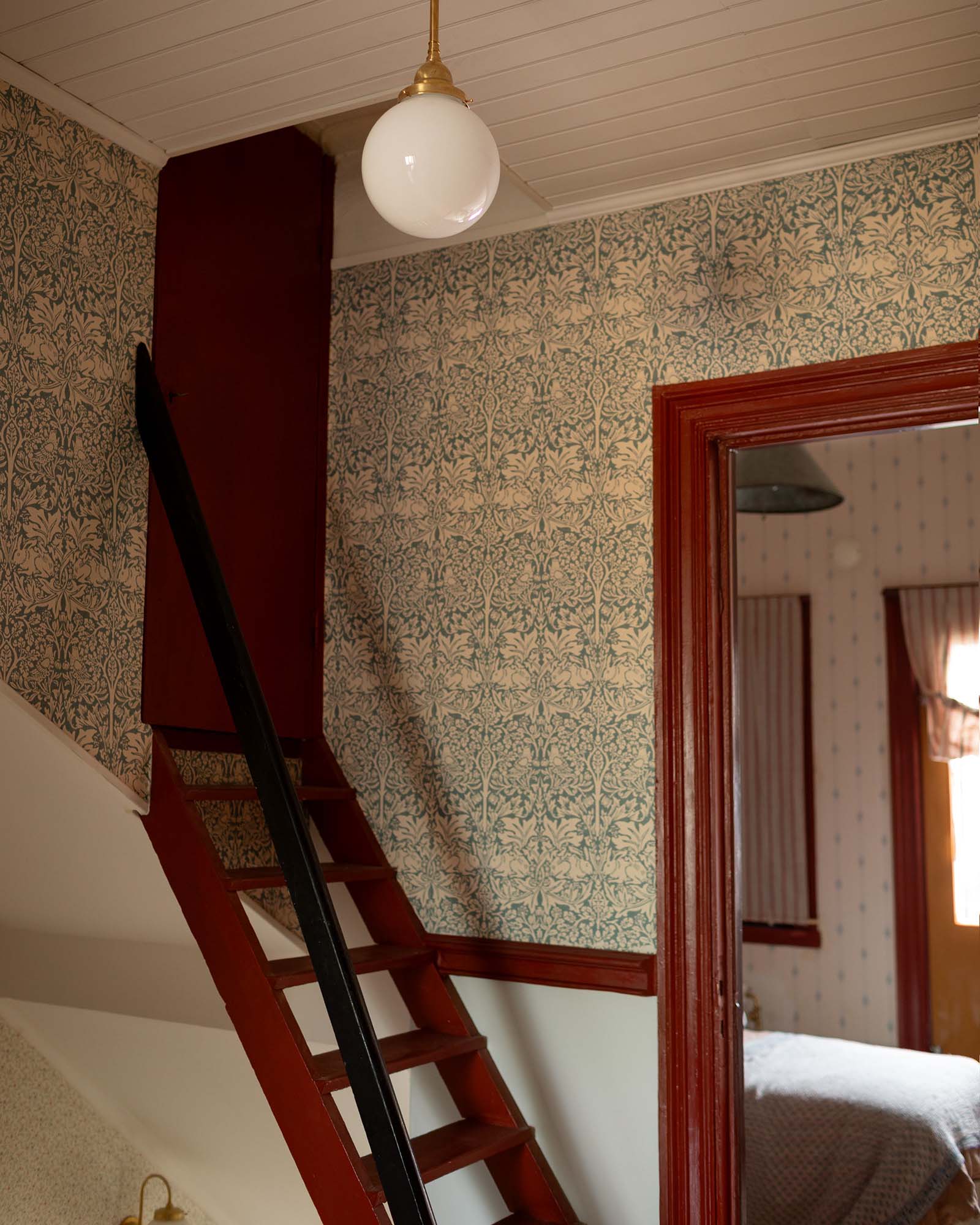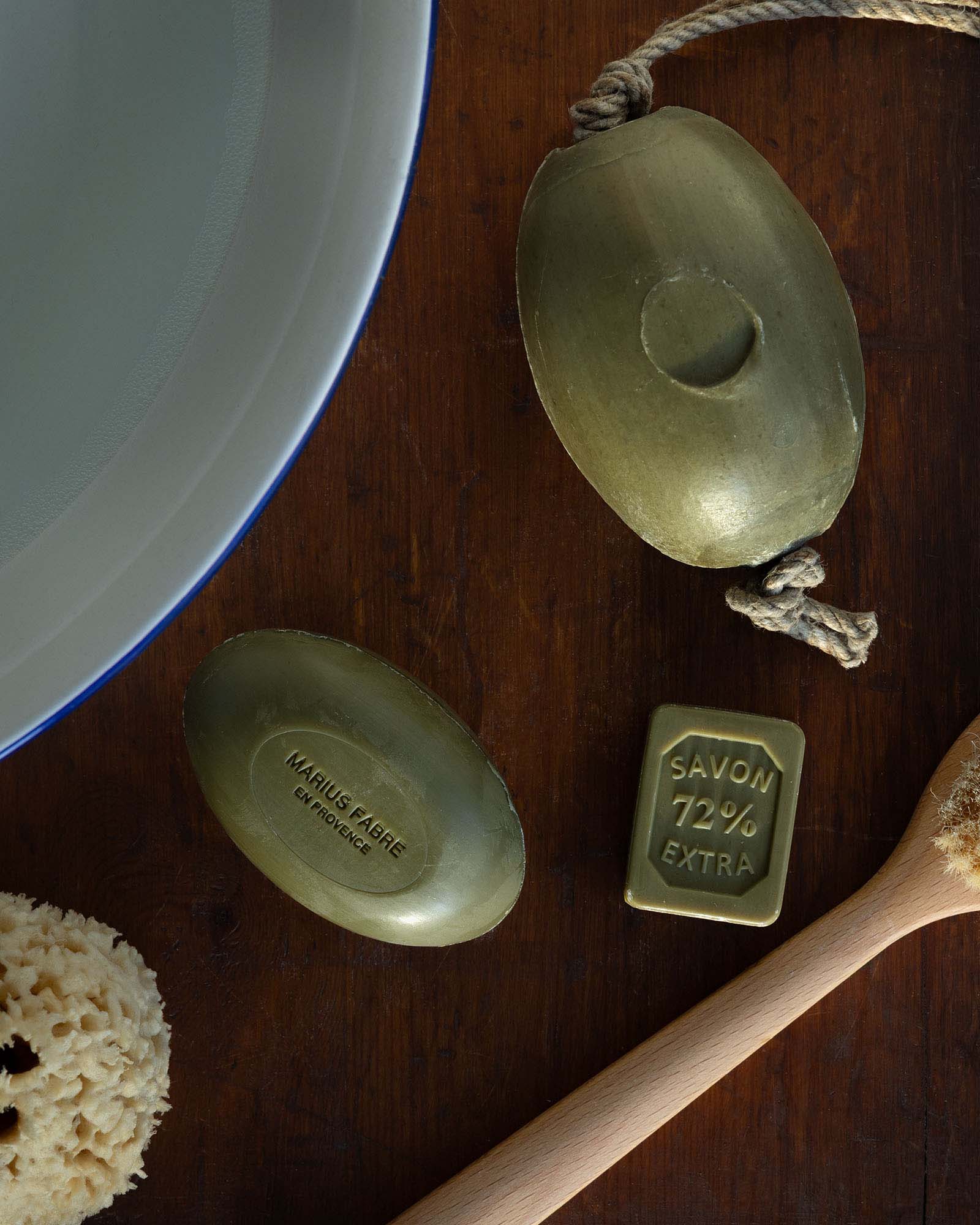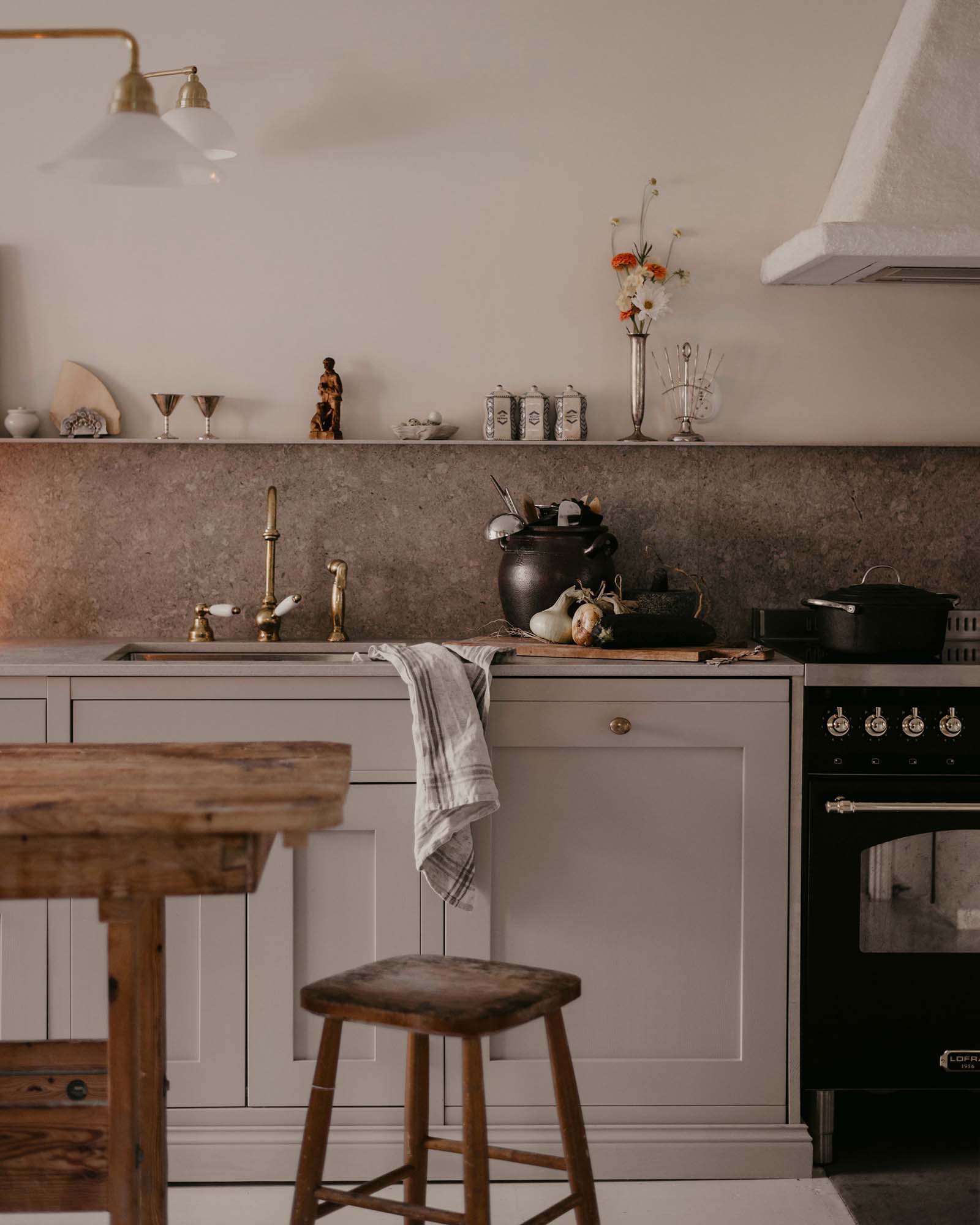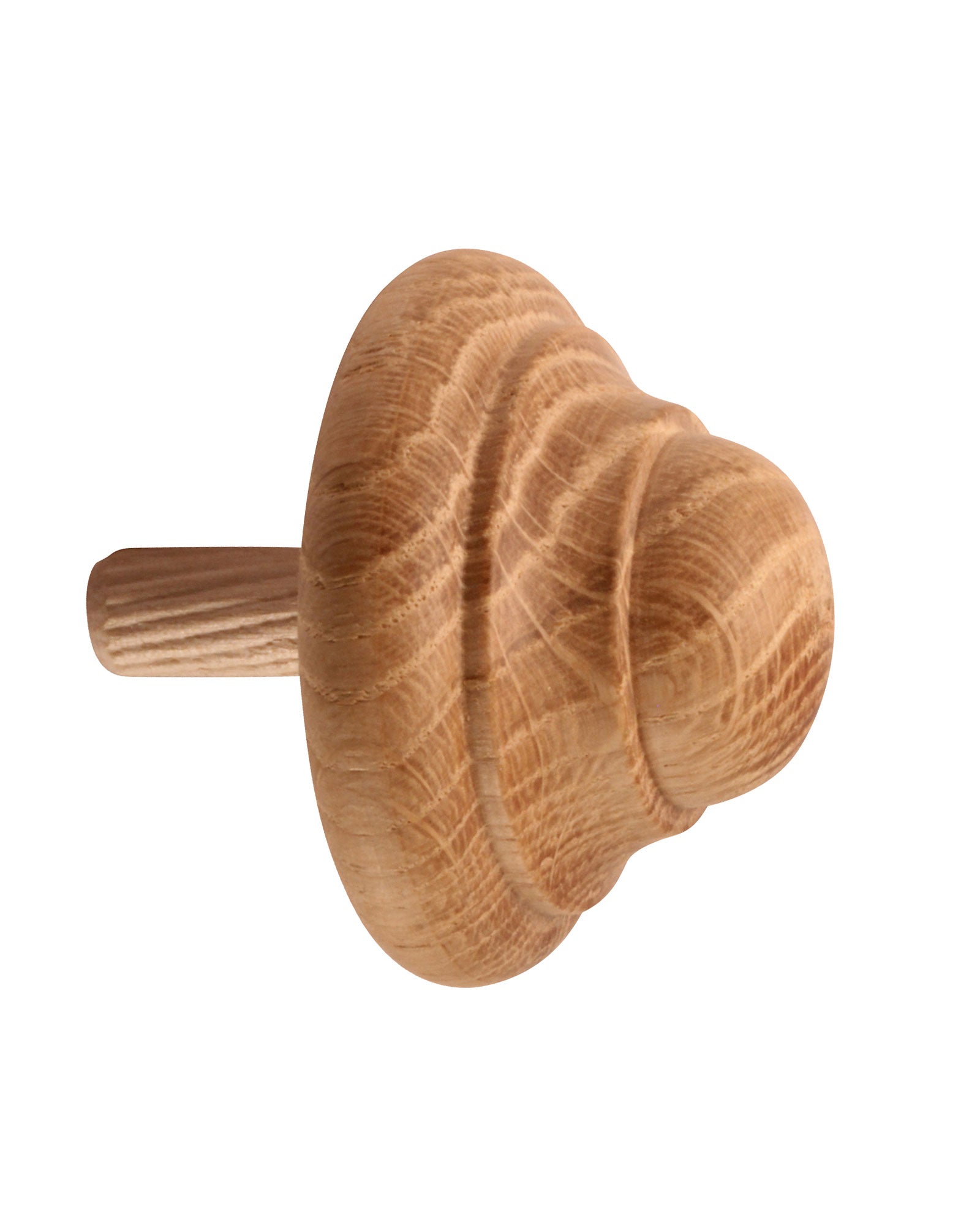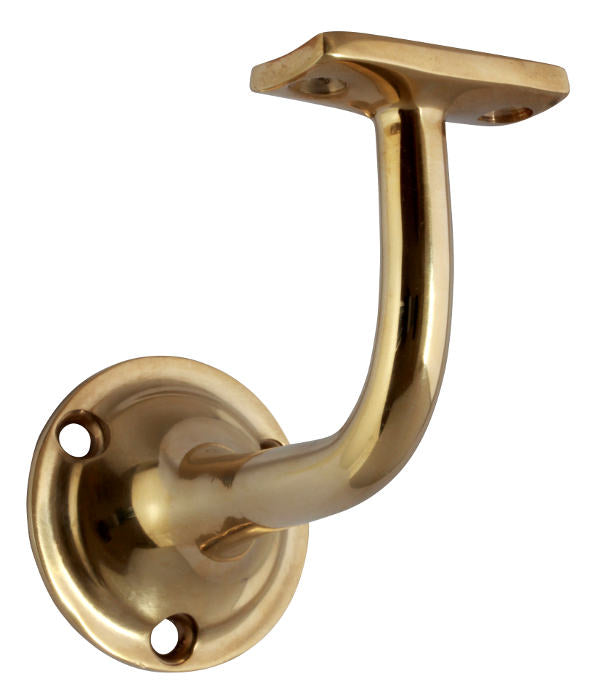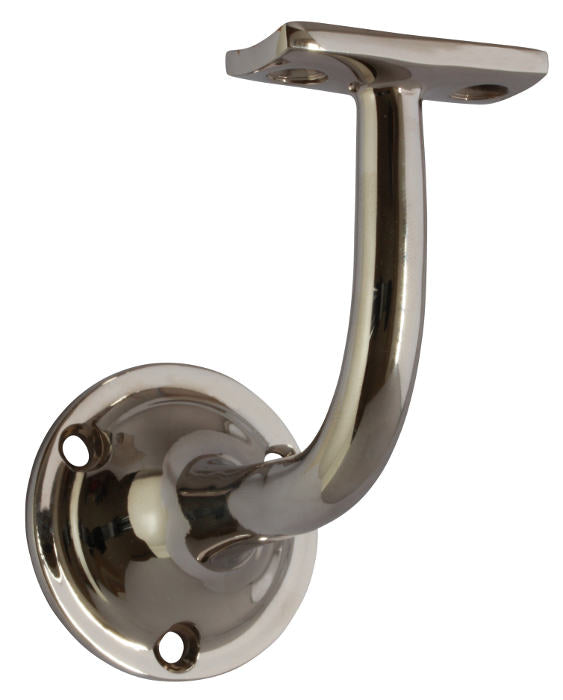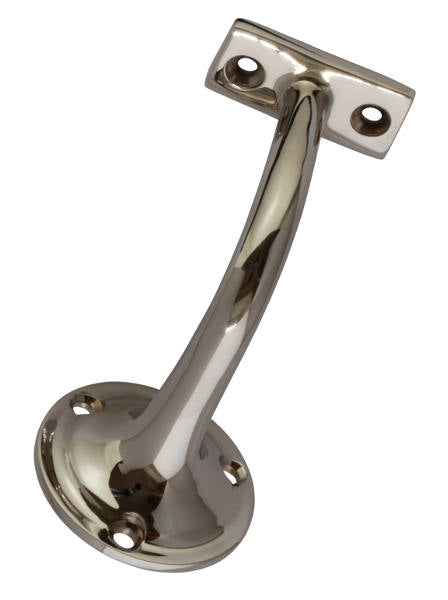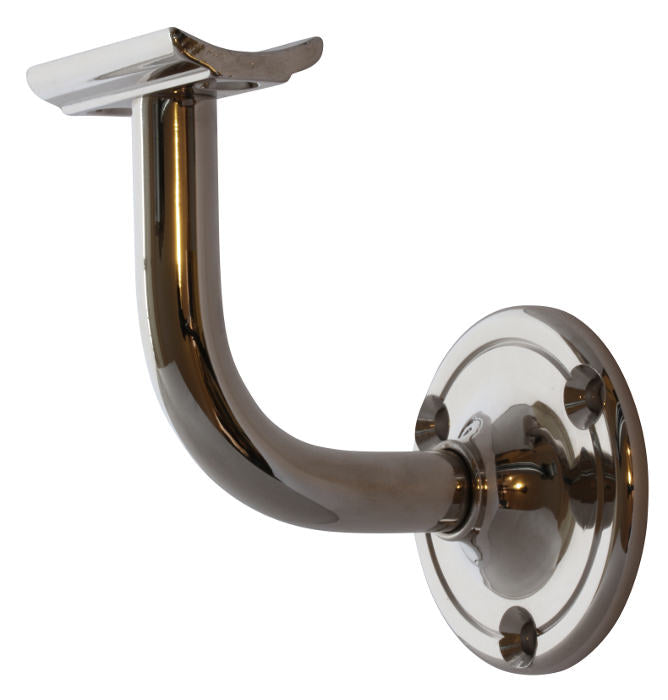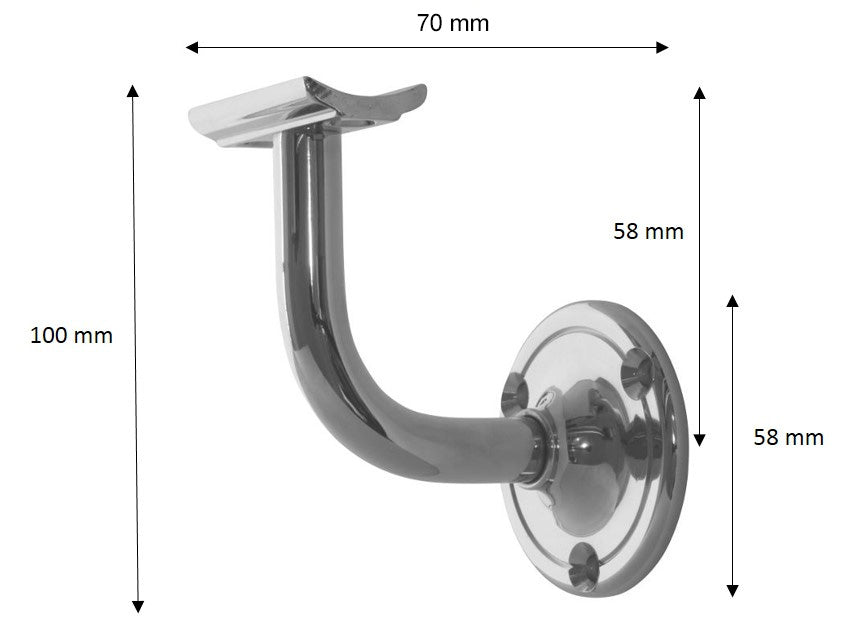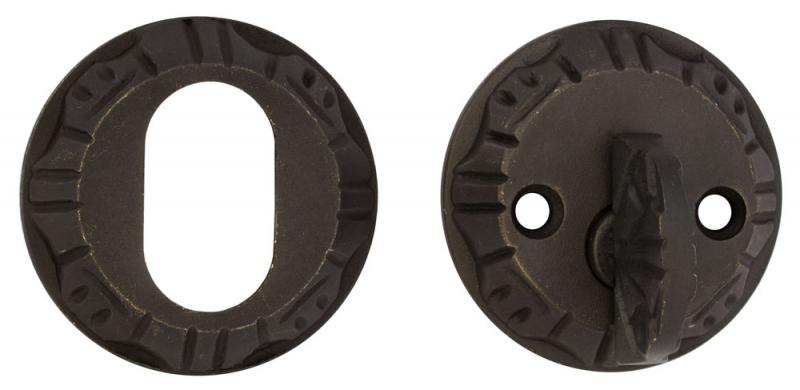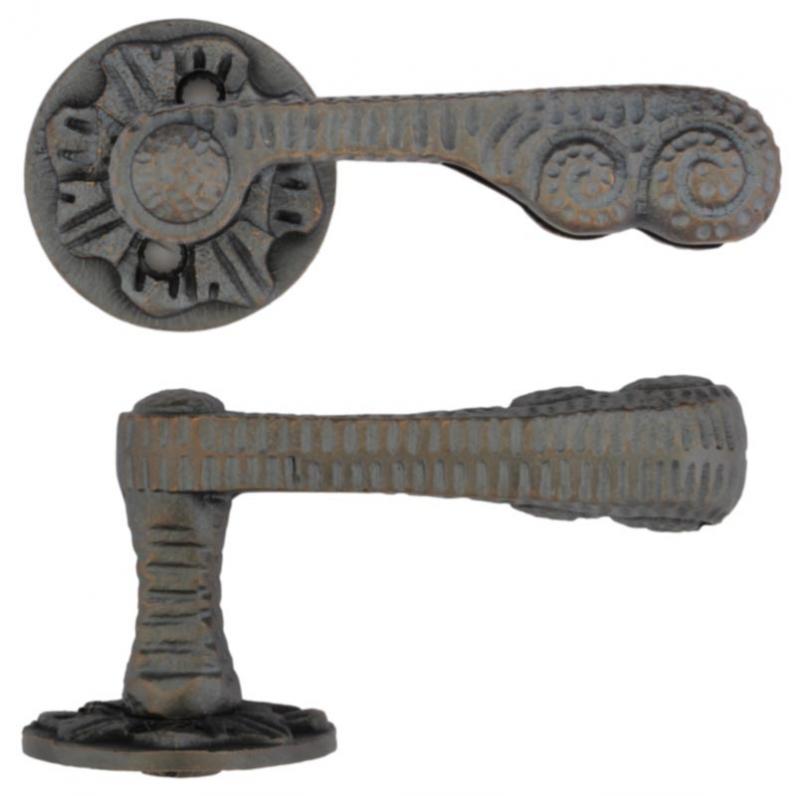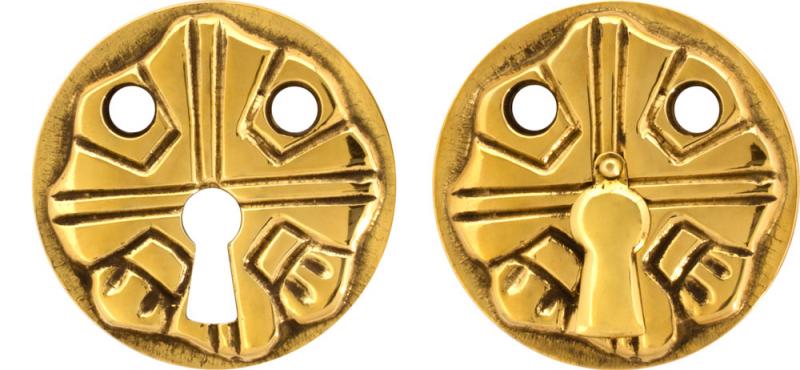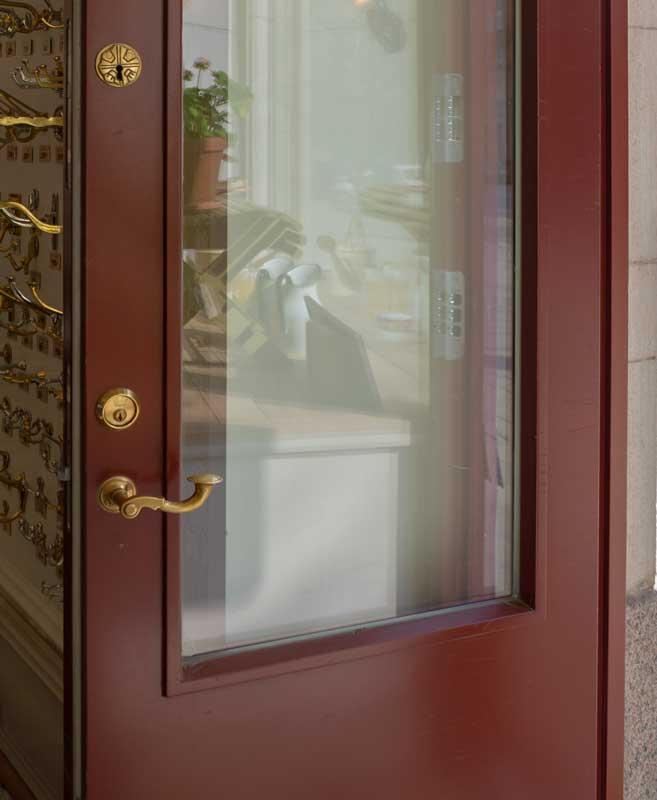Style History ~ 1910-1920 National Romanticism
Portals & Stairwells
Exterior Gates - 1910s
The portals of National Romanticism are meant to appear small, asymmetrically placed, often recessed, and concealed. It's common for a arched window to be positioned above the door to provide light to the stairwell. The door itself is typically a solid double door or single door in oak, finished with clear lacquer or varnish to showcase the authenticity of the material. A common relief pattern on the door panel is the diamond shape, but there are also intricate works inspired by nature. Usually, there is a small polished glass opening in the door, and the handle is rustic and artistically designed. Handles are crafted in brass, bronze, or hammered iron and may feature decorations from both the animal and plant kingdoms.
Stairwells - 1910s
In National Romantic stairwells, the romanticized view of history is manifested through overwhelming decorations. Smooth surfaces are common, adorned with imaginative motifs such as vines, knights, and trolls. These are painted in muted shades of blue-purple and blue-green, creating a rich impression. The paintings, often executed by artists or professional painters, remain unsigned. Additionally, dark-stained panels and glossy stucco lustro on the walls add to the ambiance.
Ceiling paintings follow suit, using lime paint applied to dry plaster, a technique known as al secco. These paintings often integrate the lighting fixtures into the motifs. Meanwhile, floors and stairs typically feature domestic Kolmården marble or limestone, arranged in a checkerboard pattern. Lead-framed windows, though present in staircases, are being replaced by clear glass.
In terms of design, handrails in the stairwells are more elaborate, made of heavier wood or brass, while those for landings are simpler, typically rounded or bowl-shaped wood. The balustrade usually consists of wooden rails with turned balusters, and corner posts feature grooves and a rounded top.
For the apartments, single doors are becoming increasingly common, even in the more upscale residences. Larger apartments feature double doors for the master and single doors for the servants. In truly grand apartments, there's a separate stairwell for the servants. These doors are typically made of oak with decorative hinges and may be stained in dark tones, painted to resemble wood, or fully painted.
The door frames and skirting boards are designed in the same manner as those within the apartments. Doorbells and letterboxes have soft shapes in brass, bronze, or hammered iron. At the beginning of the decade, the door handle is mounted on a long plate with a strong push, while towards the end, it's separated with a separate key plate.
The elevator shaft is placed within the stairwell and is designed with a transparent mesh and elevator doors adorned with strict decorations. The walls of the elevator car are clad in wooden panels, sometimes with veined paint effects. In National Romantic stairwells, lighting often consists of hanging wrought iron lanterns with colored raw glass. Glass domes may be frosted and either suspended or mounted directly to the ceiling with a brass or wrought iron base.




























































































